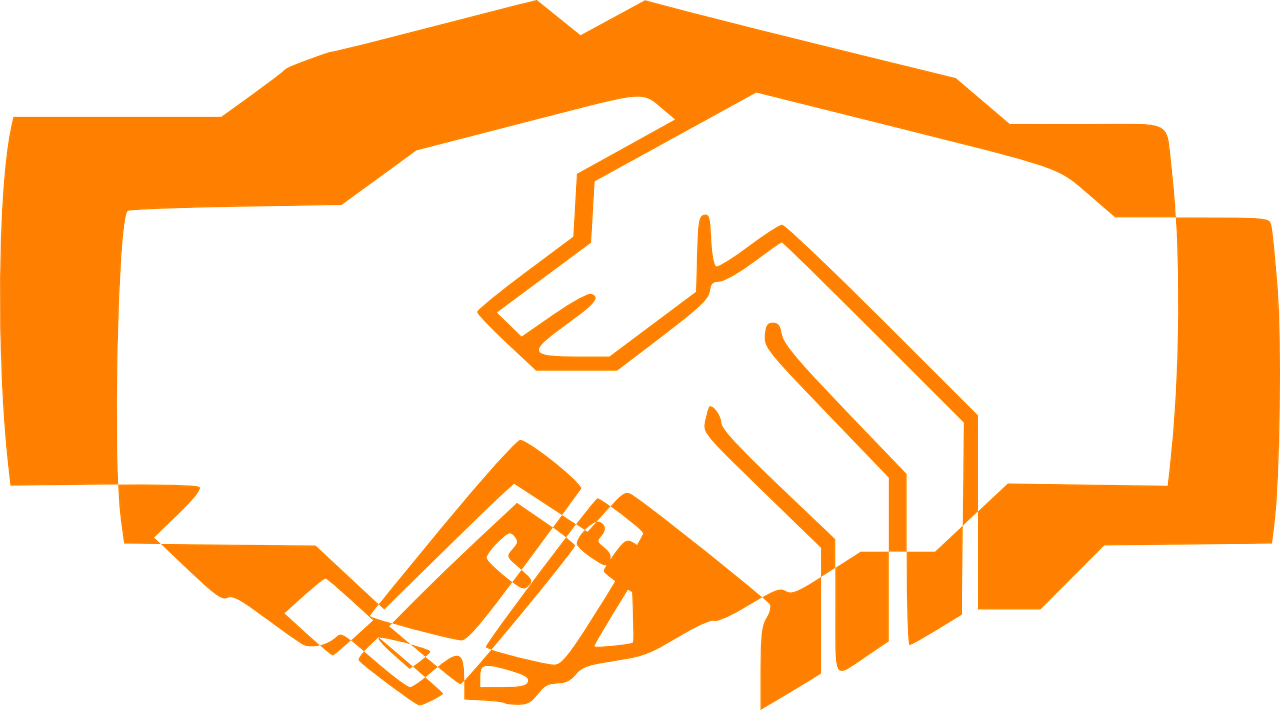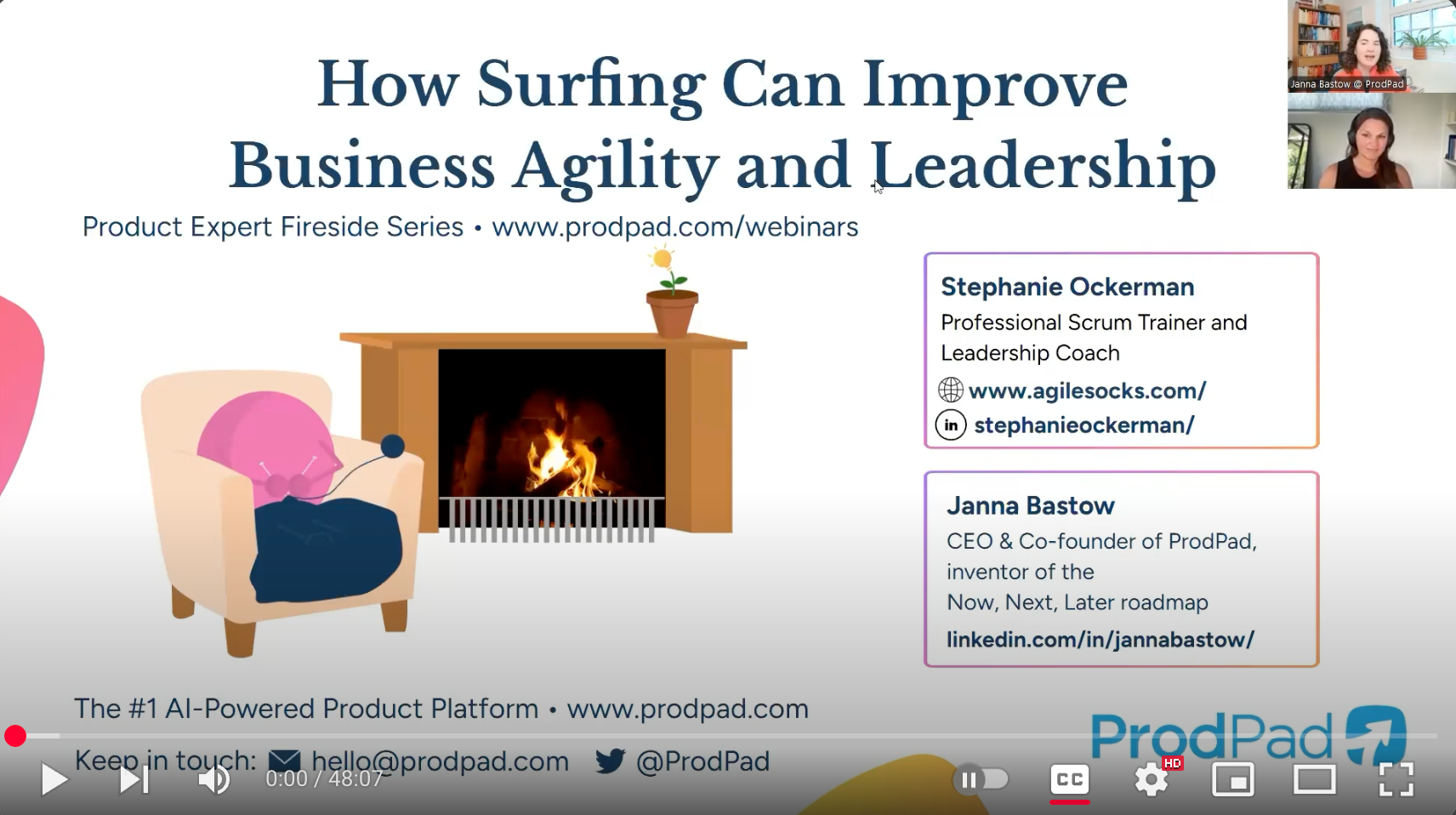In a previous post describing challenges to creating a Done Increment, I identified a lack of team collaboration as one of those challenges. Collaboration is what enables the whole team to be greater than the sum of its parts. Collaboration allows a team to work together to complete a Product Backlog item and then move on to deliver the next one. Collaboration allows a team to come up with effective solutions to complex problems.
If individuals are working separately, there is often a lot of partially done work at the end of a Sprint. This means the Increment is not uSeoul. In order to enable effective solutions and deliver usable Increments of value by the end of a Sprint, we must improve team collaboration.
In my experience, there are four common problems that prevent a Scrum Team from collaborating effectively.

1 – We do not have trust within the team.
I talked about ways to build trust related to the other challenge of lack of team ownership. Team collaboration and team ownership are related and are often both present or both absent. Here are some additional tips for building trust related to collaboration.
- Leverage the power of gamification. Gamification uses game thinking and mechanics to engage people in solving problems together. Use games to make learning visible and enable people to collaborate in a safe and fun way. Create a jeopardy game about Scrum. Use Pocket Principles to help teams discuss what the agile principles mean to them.
- Plan team building activities to get to know each other and have fun outside of work. Happy hour is an easy one. The impact can be maximized if the activity involves creating something together or playing a team-based game. I have brewed beer, participated in a pot luck, taken an art class, gone bowling, and played sand volleyball with teams.
2 – Team members don’t know how to collaborate.
This is common if people have worked in siloed organizations where their job title dictated the activities performed (e.g. Tester, Requirements Analyst, Solution Architect) . This is also common if people are used to working on several projects concurrently because the nature and timing of the work does not allow opportunity for collaboration. Here are some techniques to help break down the silos.
- Have the team take an activity-based training course together. Professional Scrum courses are excellent training for entire Scrum Teams to attend together because they actually collaborate to create things and generate insights together over the course of two days. Team members will have a shared learning experience. They will likely be more comfortable taking risks and doing new things because training is a safe environment for experimentation.
- Teach team members a growth mindset. A growth mindset is based on the belief that your basic qualities are things you can cultivate through your efforts. This is the mindset that allows people to thrive when faced with challenges. One of the biggest challenges someone may face in their career is moving from a narrowly defined role involving a skillset honed over many years to a self-managing, cross-functional Scrum Team. Read Carol Dweck’s book Mindset: The New Psychology of Success to learn how to recognize, teach, and reinforce a growth mindset. You can also find information about the growth mindset at this website.
- Introduce the pairing technique. Pair programming is a well-known technique in which one programmer is a driver and the other an observer, switching roles frequently, as they work together at one workstation. However, pairing does not need to be limited to programming. Check out this 7-minute video where Pradeepa Narayanaswamy talks about pair testing as a collaboration and learning tactic.
- Teach team members about consensus. There is a misunderstanding that consensus is like voting, and the majority wins. In fact, consensus means all team members can support the decision, and no member will oppose it. Consensus has a number of benefits, including building trust, creating commitment, building self-esteem, and thoughtful consideration of alternatives.
3 – The space or tools do not foster team collaboration.
Scrum does not require that team members be co-located. However, co-location is helpful for fostering collaboration. If team members are located in the same building but still sitting in separate individual spaces, create a team space for them
- A team space should be a comfortable area where it is easy for team members to work together. Throwing a team in a cramped conference room without any windows does not create an environment for collaboration. Setting up some tables in an area surrounded by a cube farm does not create an environment for collaboration. A team space should not be depressing. A team space should respect that individuals need space for their belongings and to do their work. The space should have lots of wall space – even if not permanent – for the team to keep their big visible charts, or information the they deem important. Also have plenty of white board space. Magnetic white board walls are amazing!
- A Scrum Board helps a team plan their work together and stay focused on the Sprint Goal. If progress is visualized, it fosters collaborative planning. It helps enable discussions about how to get something to done and what is the most important thing to focus on next.
- Sometimes team members need to have a private conversation or a place to quietly think. Ideally, also have a private space that the team can use without having to “reserve” it.
- If the team cannot be co-located, take advantage of the many collaboration tools available. Face-to-face communication is best. Consider Google Hangout, Zoom, (or a similar tool) for team events, refinement sessions, and pairing. You can even keep a Google Hangout open all day for remote team members to connect via video and work all day. People can unmute their microphones when they have a question or topic to bring up with the team.
All of the above matters for virtual working environments as well. (Check out this post for more about virtual teams.)
If you have some remote team members, try to bring the team together in one location periodically. This is especially helpful when starting up a new team, implementing significant process improvements, or moving the product in a new direction.
4 – Team members are afraid of conflict.
Team collaboration inherently comes with conflict. We want productive, healthy conflict in our teams in order to get the most effective solutions and to keep improving as a team.
- Look for signs that team members are avoiding conflict. There may be a lot of silence in team working sessions or in the team working space. When someone proposes an idea, there is rarely an alternative offered by other team members. Team members may go to the Scrum Master or someone outside of the Scrum Team to vent their complaints.
- Create team working agreements that include how to handle conflict. When I work with a new team, I facilitate the creation of team working agreements. During this session, I explain the benefits of healthy conflict and ask the team how they want to ensure we have productive conflict.
- Create conflict. Yep, that’s right. Propose wild and crazy ideas to get some discussion going. When facilitation events or working sessions, seek out the quieter voices. One way to do this is to ask everyone to write something on an index card relevant to the discussion you’re facilitating. It could be the biggest challenge a team is having meeting Sprint Goals, a proposed design to implement a new feature, or where to go for a team lunch. Collect the cards and randomly pass them back out to team members. Have each person read what is on their card and interpret the meaning or respond. This is a great technique for getting different ideas out in the open and enabling team discussion of the alternatives.
- Teach team members how to navigate conflict. Focus on the ideas, not the person. Gather data and focus on facts. Maybe re-ground the team with the agile values and principles and the Scrum Values.
In summary, collaboration is critical for self-managing, cross-functional teams to solve complex problems and deliver usable value every Sprint. Traditional ways of working have not taught this important skill, so we have to take steps to teach people how to collaborate effectively and create an environment that fosters collaboration.
If you think one of these problems is affecting your team, pick a technique and try it. Let us know how it goes.
Check out the rest of the series on Getting to Done:




